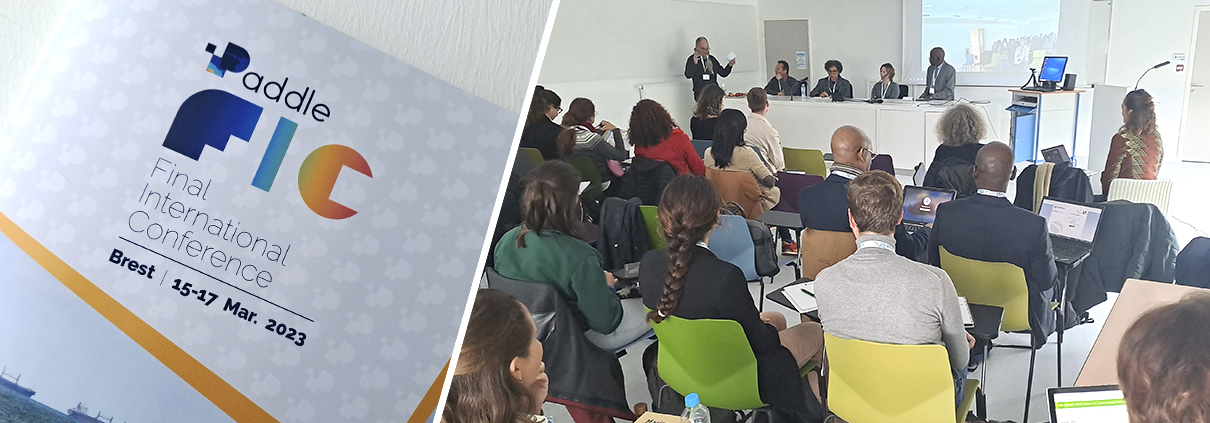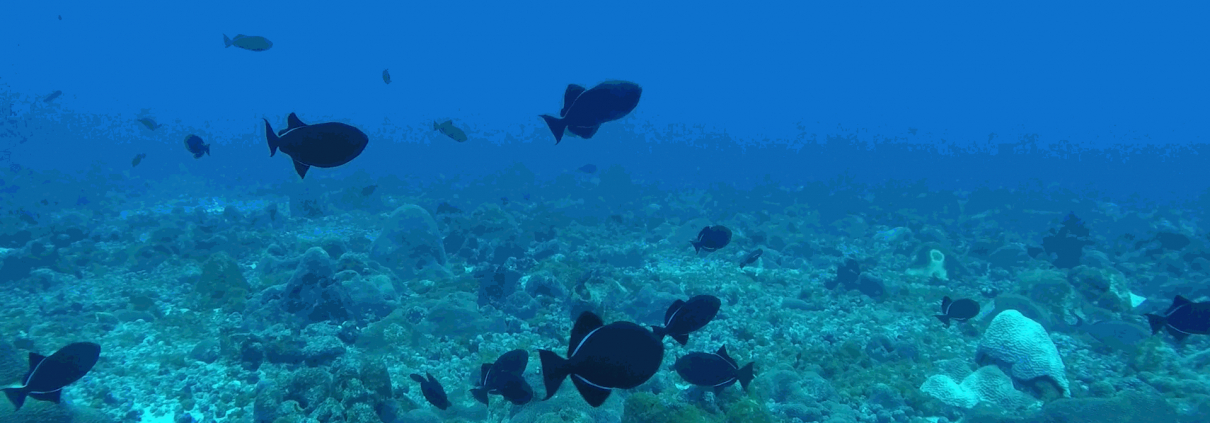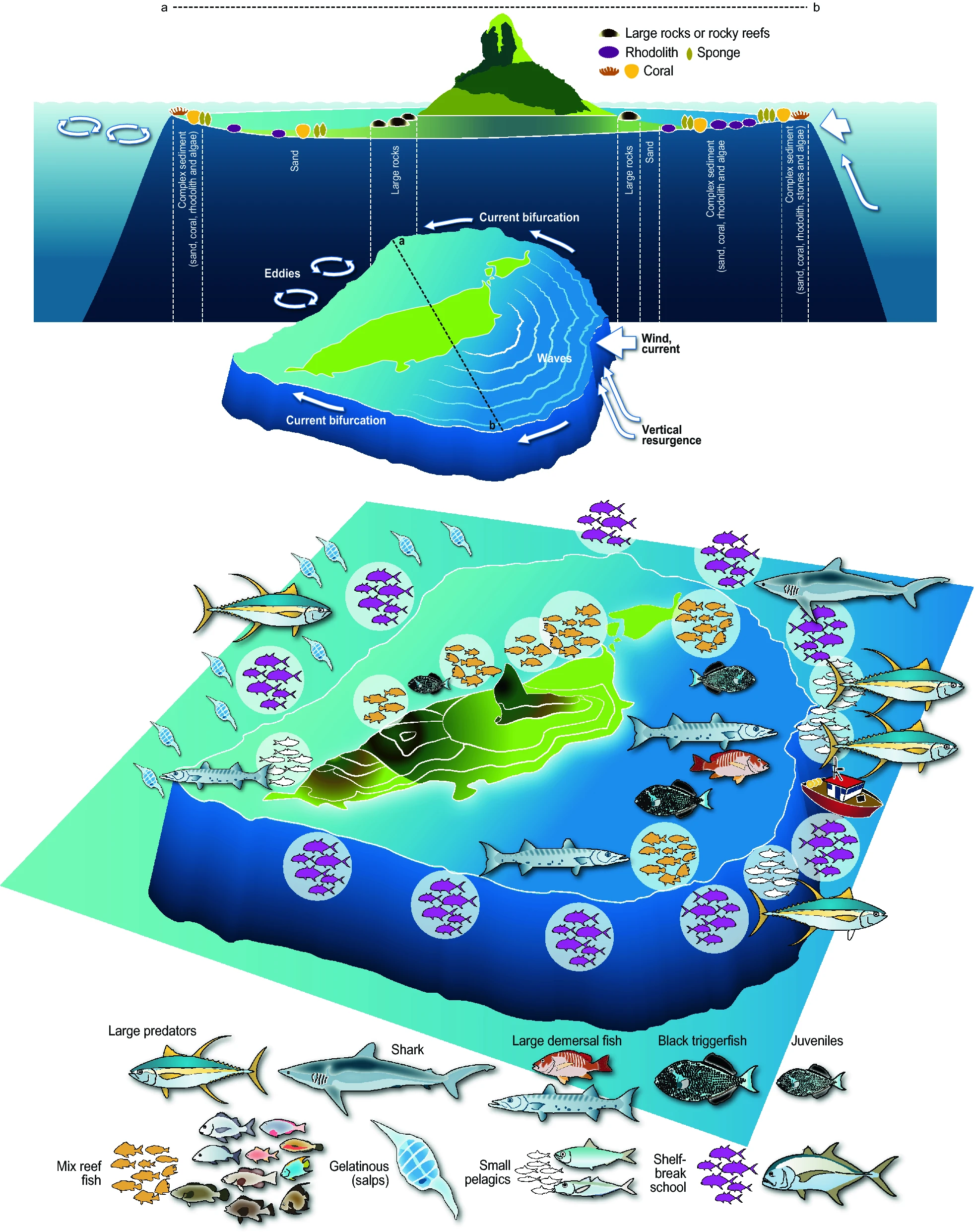Paddle project Final Conference
Started in 2017, the European Paddle programme, an interdisciplinary project on marine spatial planning and coordinated by Marie Bonnin (LEMAR), is holding its final conference in Brest (IUEM / PNBI) from 15 to 17 March.
During these three days, participants of several nationalities will address different themes related to marine spatial planning in the tropics, ranging from artisanal fisheries to social and cultural dimensions, including various topics such as decision support tools or marine protected areas.
The presence of researchers from different countries and disciplines is an opportunity to review marine spatial planning development projects along the coasts of the tropical Atlantic. In addition, marine spatial planning actors such as the Regional Coastal and Marine Partnership (RPMP) and the Abidjan Convention are associated with this event and represented at the conference. The different sessions allow participants to have an overview of the different sectors of activity and types of research concerned by this growing theme.
This conference is also an opportunity for all the partners to take stock of their exchanges after a 6-year project, rich in scientific and human encounters. An exhibition of photographs and videos made during the project is also proposed to the participants.







